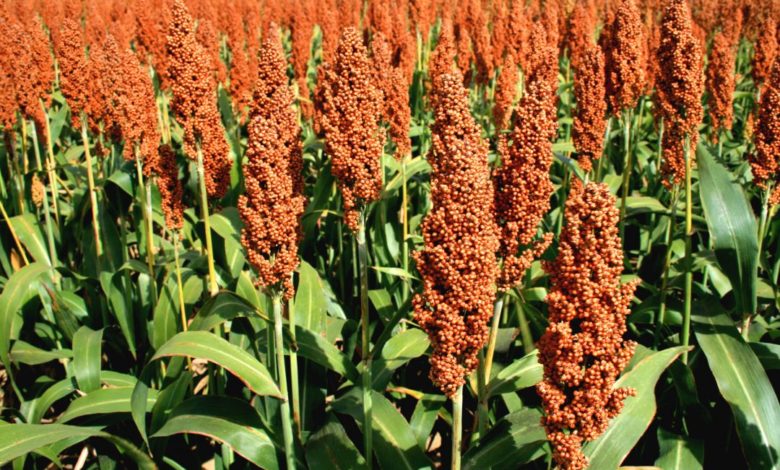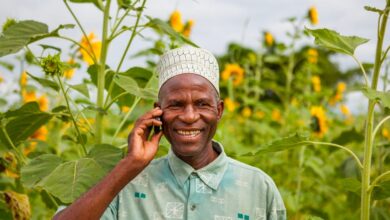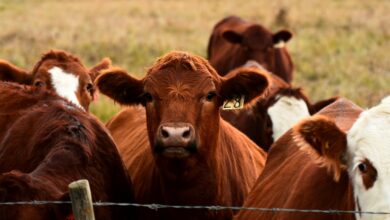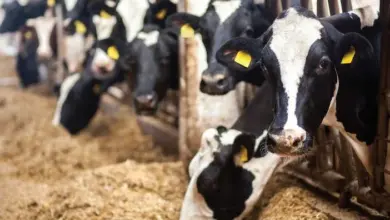Zimbabwe: Crop Harvesting, Marketing Improve Rural Households’ Incomes

THE ongoing harvests and seasonally high availability of agricultural labour are improving food availability in farming and rural communities.
This is a break from the recent years where Zimbabweans, mostly in rural communities, have had to rely on government and donor-funded food aid for survival due to poor harvests as a result of drought.
However, according to Famine Early Warning Systems Network (FEWSNET), urban areas are expected to remain stressed as poor households are likely to meet their basic food needs but are expected to continue having difficulties earning income for non-food purchases.
“Due to the significantly above-average 2021 harvest, the government has suspended all formal maize grain and maize meal imports. Grain deliveries to the Grain Marketing Board (GMB) are set to increase as harvesting and drying of grain to recommended moisture levels progress,” it said.
“Maize grain supply on the open markets is gradually improving as harvesting continues, although grain supply is expected to be affected by low demand, especially in surplus-producing areas and the government directive for farmers to deliver all surplus grain to the GMB.”
FEWSNET noted the prices of maize grain on the open markets are decreasing, with prices dropping by 15% across some monitored markets between March and April.
“Still, prices remain high impacting access for market-dependent poor households. Also, prices for other food and non-food items continue to increase.
“Though the official annual inflation rate in May decreased to 162% from 194% in April, it still remains high. The monthly inflation rate increased to 2.5% from 1.6% over the same period.
“Household income is expected to be above-average during the post-harvest period due to the anticipated above-normal crop sales and agricultural labor, especially in surplus-producing areas.”
According to FEWSNET analysis, income from livestock sales and seasonal livelihood activities like vegetable production and sales, brick making, construction, and artisanal mining was also expected to be near-normal.
The above-average water availability and access are also expected in most areas to drive near-normal engagement in income-earning activities.
“However, even with the favorable 2020/21 rainfall season, the water supply in some typical semi-arid areas is expected to be seasonally depleted partly due to limited water holding capacity. This will likely drive declines in water availability for domestic, livestock, and other livelihood uses through October.”







